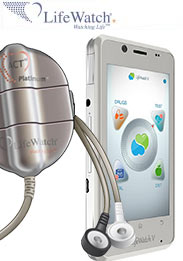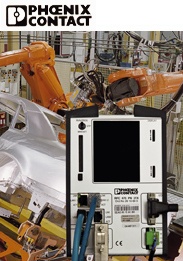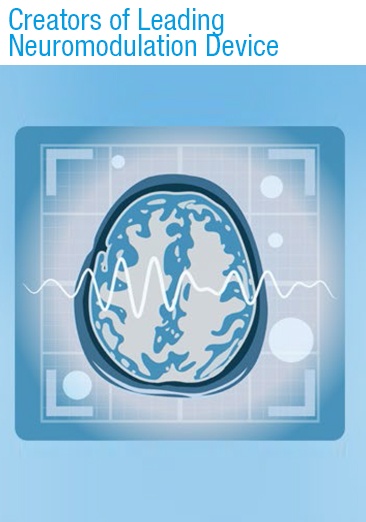A Hobbit's Sword As The Ideal IoT Device: Simplicity Coupled With Enchantment
Many readers of this blog are either actively developing, or looking into developing applications in the Internet of Things (IoT). If development for IoT hasn’t touched you yet, it seems likely that it will sooner or later (probably sooner!)There’s certainly no shortage of press around IoT these days. But we came across one article we thought might catch your interest, as it did ours: one that talks about why the best IoT devices will be like the mythical sword “Sting” in J.R.R. Tolkien’s Lord of the Rings.
In a recent article “Why have we yet to be enchanted by the internet of things?”, The Guardian’s Andy Meek explores the work and writing of entrepreneur andMIT Media Lab researcher David Rose, whose idea’s about what the IoT should look like stems from an old woodworking shop. Rather than “one tool to serve as an all-purpose tool hub” or “a tool that would eliminate the need for other tools” (smartphones are cited as an example), Rose imagines connected devices that are similar to the hammers, screwdrivers, chisels, etc. of his grandfather’s wood shop – simple tools that do one or two things and do them well.
Frodo’s “Sting” – an IoT Device?
 Rose sees “little respect for humanity” in the IoT thus far, and attributes that to why devices such as the Apple Watch have been slow to connect with people. He says tomorrow’s connected tools must not only be simple and utilitarian, but also imbued with a touch of enchantment… like the elvish sword “Sting” possessed by the hobbit, Frodo Baggins, in J.R.R. Tolkien’s epic Lord of the Rings. Besides its simple core function – a weapon – “Sting” and other elvish blades could detect the near presence enemies (evil orcs) and alert the wielder by glowing blue. The nearer the enemy, the brighter the glow. (Obviously some serious bandwidth in that system!)
Rose sees “little respect for humanity” in the IoT thus far, and attributes that to why devices such as the Apple Watch have been slow to connect with people. He says tomorrow’s connected tools must not only be simple and utilitarian, but also imbued with a touch of enchantment… like the elvish sword “Sting” possessed by the hobbit, Frodo Baggins, in J.R.R. Tolkien’s epic Lord of the Rings. Besides its simple core function – a weapon – “Sting” and other elvish blades could detect the near presence enemies (evil orcs) and alert the wielder by glowing blue. The nearer the enemy, the brighter the glow. (Obviously some serious bandwidth in that system!)
To illustrate what he means, the article tells how Rose went so far as to create an umbrella, connected to a weather forecasting site, with a handle that glows when rain is forecast. He also presents an annual workshop in partnership with a professional magician to help people explore how objects can be imbued with that Tolkien-esque sense of enchantment.
Several other take-aways from David Rose’s work and publications, as set forth in Meek’s article, include:
- Too much attention is “soaked up by screens”.
- Today’s IoT devices suffer from “trying to do to much”.
- Success in IoT will come from “simplicity and a sense of delight”.
- The IoT will change business models, and bring about “a fusion of capabilities”.
Help For Creating Your Own Enchantment
Regardless of the enchantment that future IoT devices may bring, they will need effective management of their complex design, development and testing processes. And that will require a unified platform capable of handling all the intricacies, workflows, commonalities, and disparities across teams and across geography, plus scale easily from start-up to global enterprise.
Such a platform is already here, and already proven in some of the most innovative development happening today. It’s called Polarion. It’s not forged by Elves (well, not as far as we know!) Certainly your screen won’t glow blue if competitors are catching you. But Polarion solutions just might help you create enough enchantment in your products to stay far enough ahead of your competition that it won’t matter. Check out just a few of the innovative things our customers are developing using Polarion solutions.
Photo: flickr.com/normalityrelief






